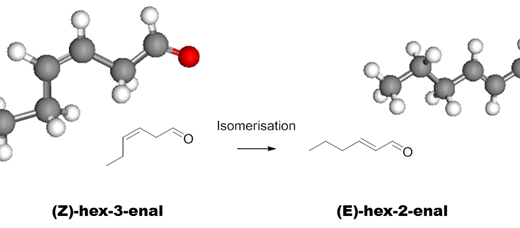Exercise for cardiovascular health: the controversy of zone training

Regular exercise is part of a healthy lifestyle, particularly for maintaining cardiovascular health. But what level of exertion is necessary to achieve the benefits of exercise, and what sets apart high-intensity from low-intensity workouts?
Globally, approximately 25% of adults are deemed to have insufficient levels of physical activity[1]. Consequently, they face a 30% higher risk of death compared to individuals who engage in regular exercise.
Exercise has long been linked to a multitude of cardiovascular health advantages, including a decreased risk of heart disease, stroke, and high blood pressure. The underlying physiological mechanisms supporting these benefits are extensively documented: exercise fortifies the heart muscle, enhances circulation, reduces blood pressure, and helps to regulate cholesterol levels[2]. Moreover, regular exercise offers significant assistance to individuals at heightened risk of cardiovascular disease, such as those who are obese, by assisting in weight management and reducing visceral fat, thus promoting cardiovascular health[3]. Collectively, these physiological adaptations undeniably play a pivotal role in enhancing cardiovascular health.
For cardiovascular health benefits, it is thought that exercise should be performed within the ‘aerobic’ zone, characterised by sustained elevation of heart rate and breathing over a prolonged duration. Training consistently in this zone improves the efficiency of the cardiovascular and respiratory systems to supply oxygen to muscles, which is also referred to as aerobic capacity. According to World Health Organisation guidelines, 75–150 minutes of aerobic exercise per week is sufficient for adults between the ages of 18 and 641.
However, recent research has suggested that even low intensity exercise, outside the traditional ‘aerobic’ zone, can yield cardiovascular benefit. For example, Tai Chi, a martial art known for its slow, deliberate movements, has been shown to significantly reduce blood pressure in individuals with hypertension[4]. This challenges the notion that exercise must be aerobic in nature to convey benefit.
It seems plausible that the current activity level of study participants is important, with those leading a more sedentary lifestyle not necessitating ‘aerobic’ training to derive benefits. This suggests that, for some, even low-intensity activities could have a meaningful impact on cardiovascular health, potentially through mechanisms beyond aerobic capacity.
To conclude, while the vast body of scientific evidence supports ‘aerobic’ zone exercise, conflicting evidence supports the power of movement outside this intensity. Regardless, a daily dose of exercise, with the mantra ‘every little helps’, is a potent prescription for a healthy heart.
[1] https://www.who.int/news-room/fact-sheets/detail/physical-activity
[2] https://www.nature.com/articles/s42255-020-0262-1#Sec8
[3] https://www.ncbi.nlm.nih.gov/pmc/articles/PMC3925973/
[4] https://www.ncbi.nlm.nih.gov/pmc/articles/PMC7563036/
Edited by Hazel Imrie
Copy-edited by Rachel Shannon







